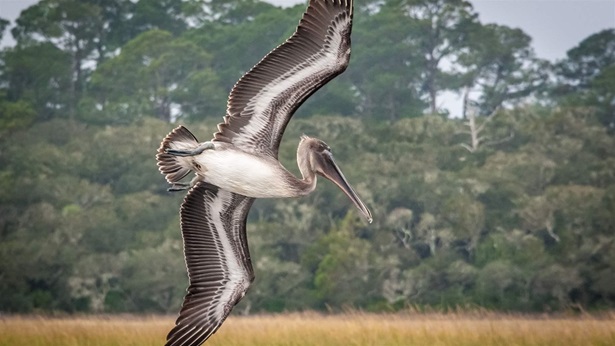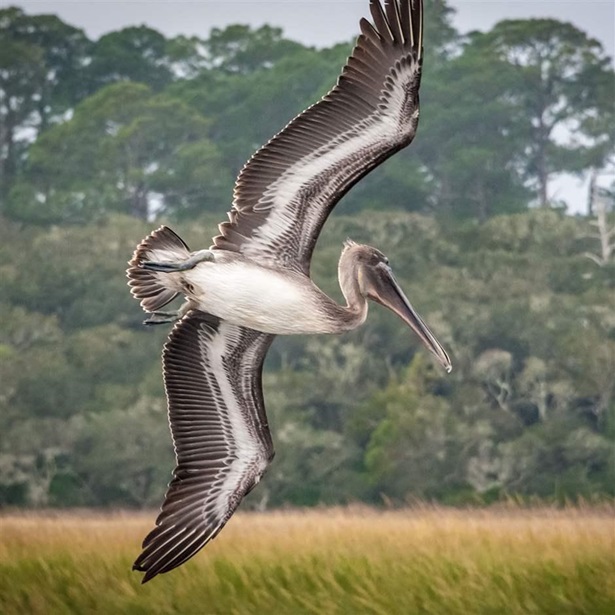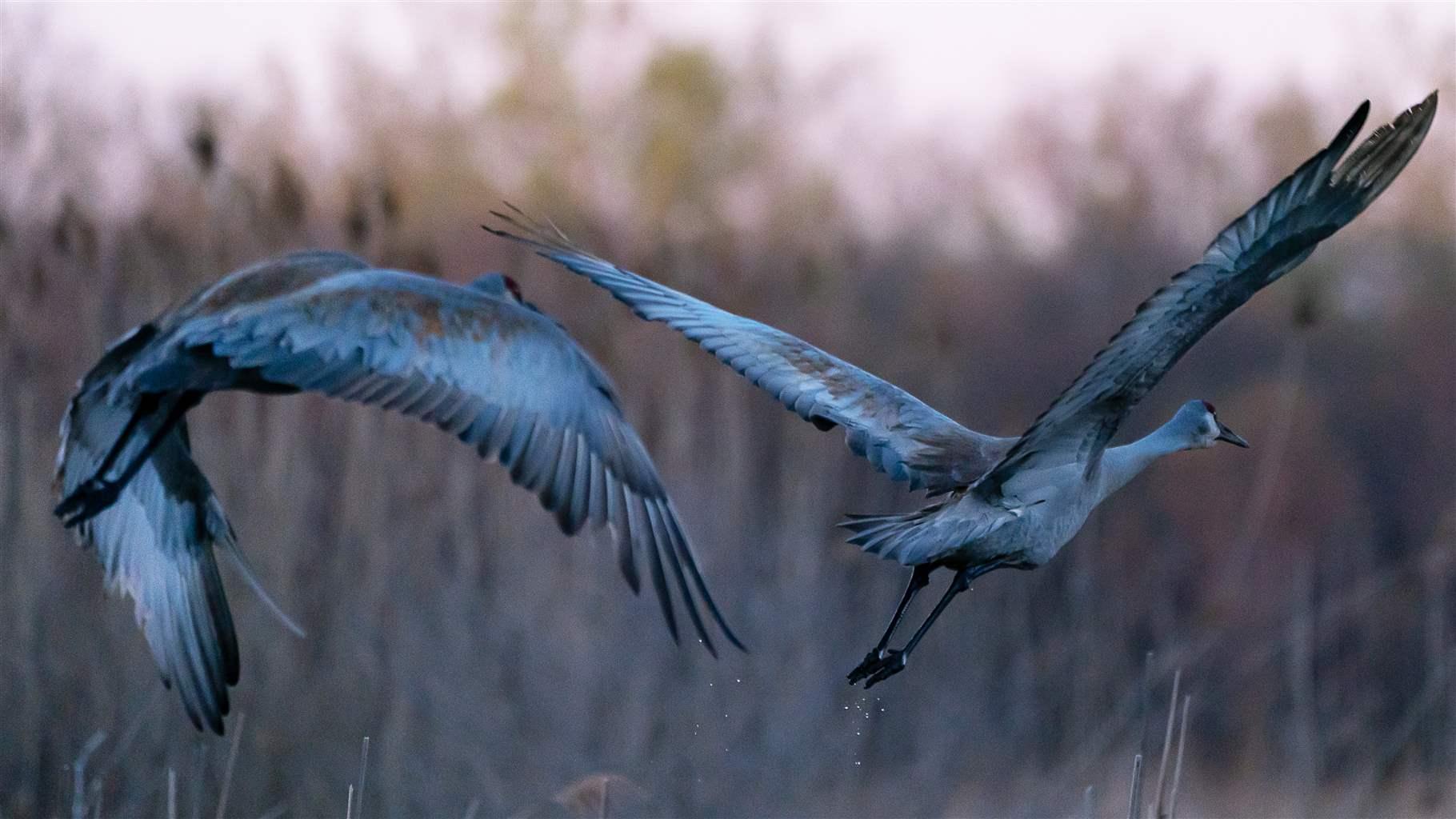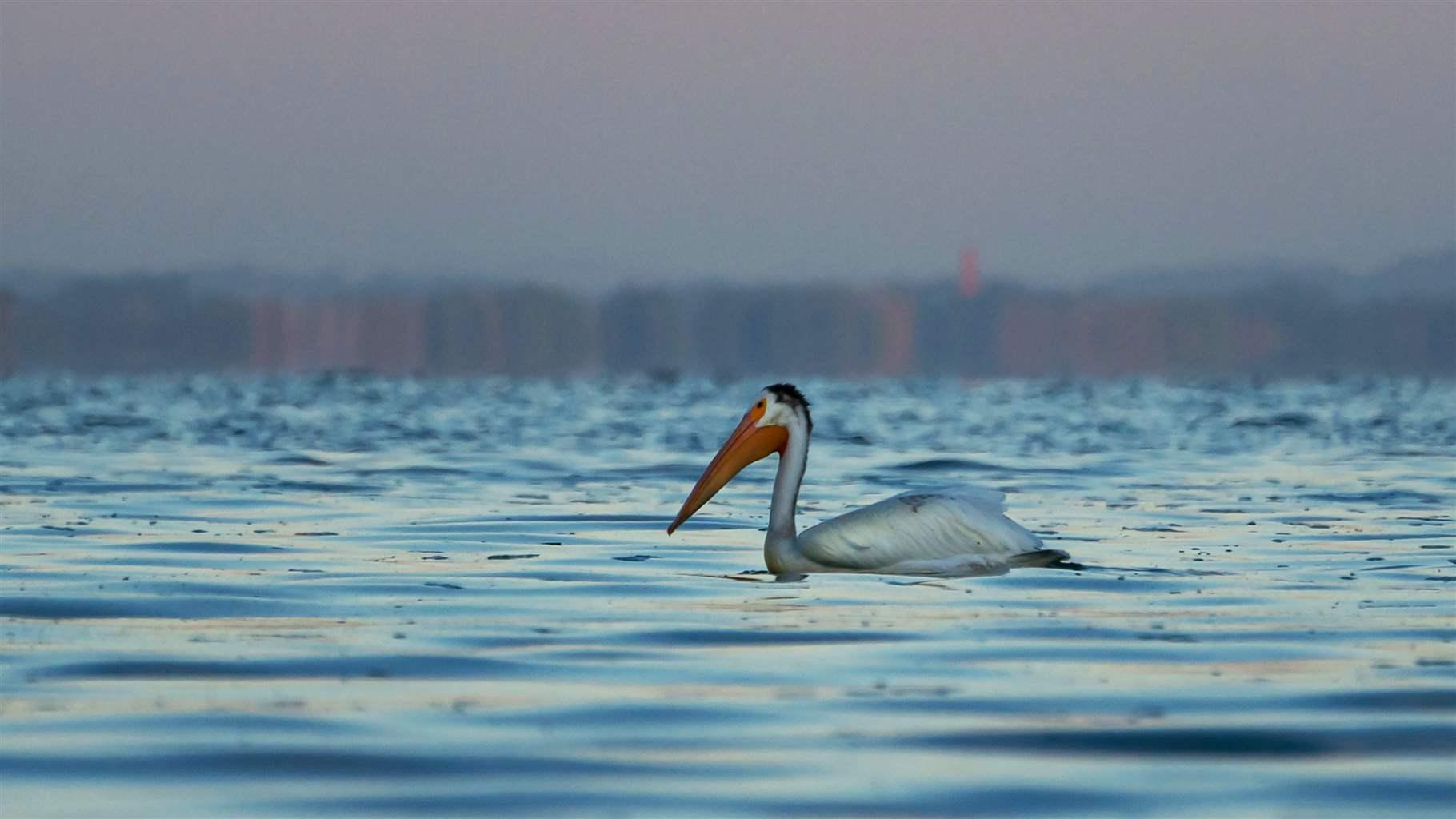Wisconsin Advances Bid for Conservation Site in World’s Largest Freshwater Estuary
State’s second National Estuarine Research Reserve, along Green Bay, would benefit nature, communities, and economy
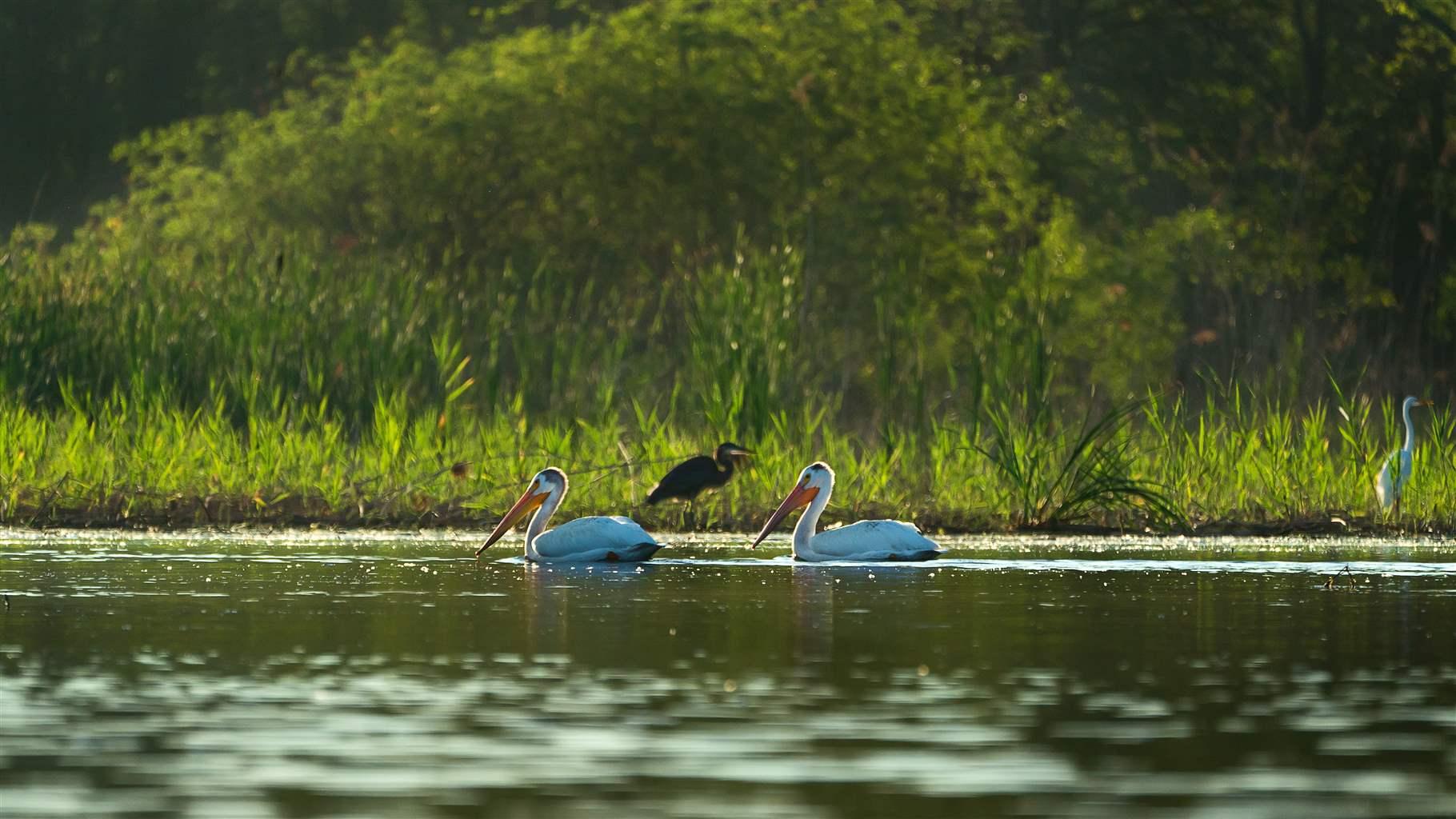
Wisconsin, home to more than 15,000 lakes and 13,500 miles of navigable streams and rivers, is recognized worldwide for its vast supply of freshwater. That abundance is vital to the state, providing clean drinking water and recreational opportunities for tens of millions of people, along with wildlife habitat and other benefits.
And now Wisconsin is one step closer to a new National Estuarine Research Reserve (NERR) along the world’s largest freshwater estuary, the Bay of Green Bay. The site would be the state’s second such reserve, joining one designated in 2010 on the shores of the world’s largest freshwater lake, Lake Superior.
In late January, the National Oceanic and Atmospheric Administration (NOAA) accepted the Green Bay nomination to join the NERR system, which currently consists of 30 reserves. The proposed reserve would cover specific public lands and waters of the bay, an arm of Lake Michigan. Although a portion of the bay is in Michigan, the proposed reserve would be entirely within Wisconsin.
Reserve sites protect estuaries—areas where rivers and streams flow into lakes or the ocean. Reserves provide habitat and nurseries for fish and wildlife, absorb flood waters, dampen the force from increasingly frequent and severe storms, and boost coastal communities that rely on the waters for jobs and recreation. They also serve as centers in their communities for research, education, training, and stewardship related to the estuary. All reserves receive federal funding and technical support.
The federal system now stretches from Alaska to Puerto Rico, and Hawaii to Maine, but Wisconsin’s Lake Superior site and another reserve in Ohio are its only freshwater reserves.
March 19 meetings will solicit public input
The next steps in the Bay of Green Bay bid are in-person and virtual meetings March 19, hosted by NOAA and the University of Wisconsin-Green Bay, which is leading the state’s efforts to secure the new reserve. Organizers will solicit input to inform creation of two foundational documents: the environmental impact statement and the management plan. The Federal Register notice provides details about the meetings.
Tribal Nations playing significant role
Home to 11 federally recognized Tribes, Wisconsin has one of the largest populations of Native Americans east of the Mississippi River. NOAA works collaboratively with officials and partners to ensure strong engagement throughout the designation process to capture multiple perspectives, including formally and informally engaging with Tribal Nations. If the Wisconsin reserve is designated, financial support from the state, the Menominee Indian Tribe of Wisconsin, and the Oneida Nation will fund a position on the reserve’s staff dedicated to ensuring that Tribal Nation perspectives—both historical and present day—play a prominent role in the site’s management and operations.
The Tribal involvement in the proposed site “could help tell the ecological and cultural history of the bay, including the importance of the Bay of Green Bay to Indigenous Peoples,” according to the nomination report submitted to NOAA in August.
Site reflects Great Lakes’ unique ecological traits
The proposed reserve is composed of three geographical areas covering almost 38,000 acres of land and water, selected to reflect the unique nature of a large Great Lakes estuary. The Bay of Green Bay, which stretches from the tip of Door County to the headwaters of the Fox and Wolf rivers, is the largest freshwater estuarine system on Earth and drains one-third of the Lake Michigan basin. The proposed reserve also contains a range of habitat types, including forests, grassland, wetlands, and large, open waters.
“While much of the proposed reserve has been influenced by human uses, many of the valuable habitats and their ecosystem functions are designated and managed to maintain their integrity and preservation for long-term ecological health and human benefit,” the nomination document reads.
Healthy waterways and wildlife support outdoor recreation
Research and other efforts at the new reserve would also improve wildlife management and, in turn, bolster fishing, hunting, birding, and more.
Green Bay’s tributaries are home to at least 45 fish species, many of which spawn in the bay’s coastal wetlands and are popular with recreational anglers. These include lake trout, largemouth and smallmouth bass, muskellunge, northern pike, rainbow trout, walleye, and yellow perch. Wildlife popular with hunters and trappers in the area include grouse, turkey, pheasant, fox, bobcat, and mourning dove. The proposed reserve is also at the center of the Mississippi migratory flyway, through which millions of birds—from more than 300 species—migrate every year.
Other recreational activities popular in the area include pleasure boating, canoeing, cross-country skiing, hiking, kayaking, and wildlife viewing. An annual monarch butterfly-tagging program also takes place on the area’s Plum Island.
While shipping is big business on the bay—two major channels and the ports of Green Bay and Sturgeon Bay serve regional, national, and international markets—a 10-mile-wide buffer around the ports and their shipping channels ensures that the reserve will not interfere with shipping or recreational boat traffic.
A Bay of Green Bay reserve would add to a system that enriches local communities and economies around the U.S. and protects natural areas and wildlife from a growing range of threats. A 2021 study, commissioned by NOAA and The Pew Charitable Trusts, looked at four of the NERR system’s 30 reserves and conservatively estimated that together they generate more than $165 million in annual revenue for their communities, including $56.4 million in wages, and support at least 1,762 jobs.
“The Bay contains some of the most beautiful and extensively used waters within the entire Great Lakes basin and represents a tremendous asset for Wisconsin and its citizens—for recreation, fishing, transportation, and maritime commerce,” the nomination document reads. “It is also an intensely interesting system in terms of its underlying dynamics, the understanding of which has applicability across estuarine systems throughout the world.”
Tom Wheatley manages support and expansion of the National Estuarine Research Reserve System and efforts to increase resiliency for biodiversity and vulnerable communities in the southeastern U.S., as part of The Pew Charitable Trusts’ U.S. conservation project.


America’s Overdose Crisis
Sign up for our five-email course explaining the overdose crisis in America, the state of treatment access, and ways to improve care
Sign up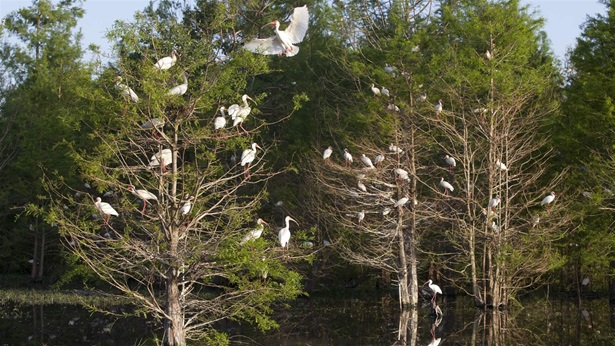
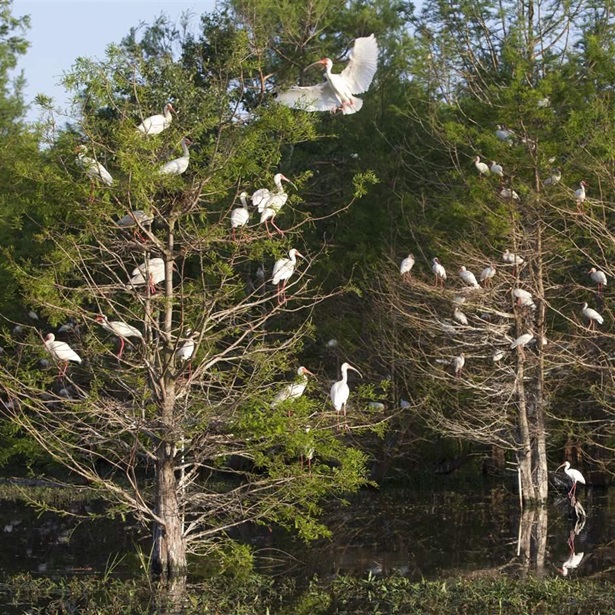
Vibrant Louisiana Estuary Closer to Joining Federal System
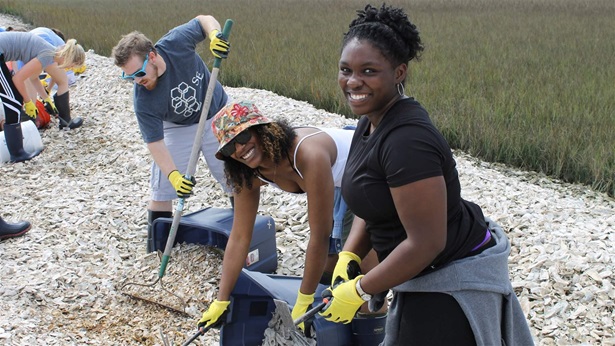
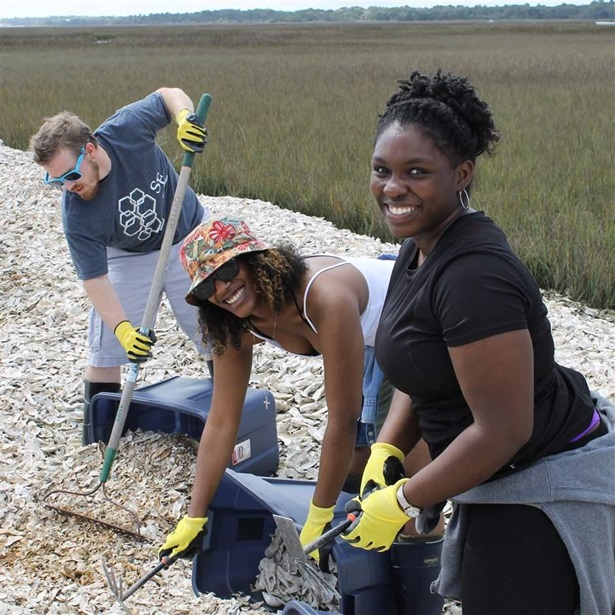
National Estuary System Helps Power Local Economies
